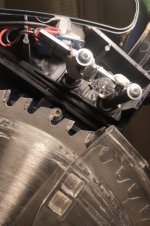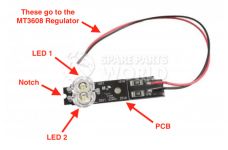FestitaMakool
Member
- Joined
- Oct 12, 2019
- Messages
- 1,491
I just watched this video - And have been tinkering with the thought of opening my saw to see what may be possible.
Anyone else who have had the thought or seen the inside where the laser is?
=PivzyDiaWDB4fWUZ
Anyone else who have had the thought or seen the inside where the laser is?
=PivzyDiaWDB4fWUZ



